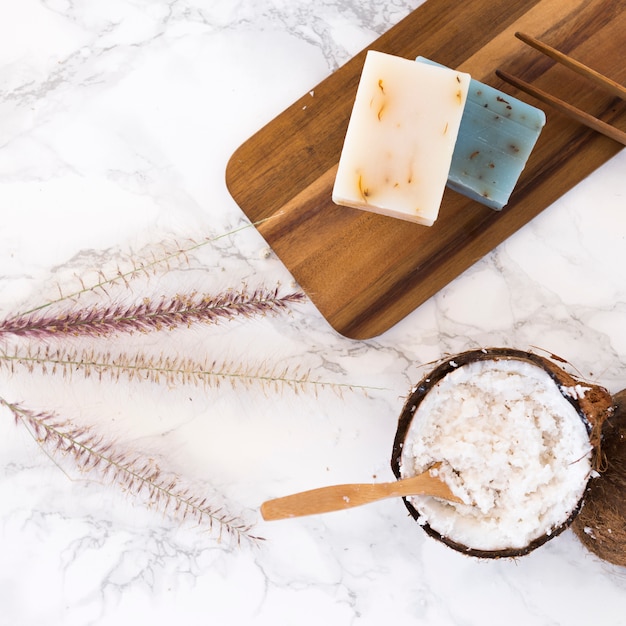
Shin splints can feel like a kick in the gut for those starting new fitness routines. They’re a common injury for beginner runners or those who ramp up their workouts too aggressively. The pain can make it tough to stick with your new exercise habit, and the blues can set in when you’ve hit a roadblock.
Even seasoned runners deal with shin splints. They’re a classic sign of overdoing when we don’t give ourselves enough rest. While not everyone who pushes their limits will get shin splints, they affect a good number of go-getters.
So, what are shin splints? They sound terrifying – but they’re really just overworked muscles rebelling against intense activity. You’ll feel a dull ache near your shin, either below the knee or towards your ankle. The pain generally eases off after exercise but comes back – often worsened – during rest. If you’ve just slept on it, you might notice the pain becoming more intense. Shin splints make up around 16% of all leg-related injuries.
Worried about shin splints? Here’s a tip: treat your body better than a sports car. Rushing full force into a fitness regimen can result in early shin splints. This is especially true for folks over 45, or those managing chronic health conditions – always chat with your doctor before starting new exercise programs and create attainable fitness goals.
Once you’ve started your program, ditch the “no pain, no gain” mindset. Sure, it’s catchy, but it can also be risky. Some mild soreness is normal, but sudden pain or persistent soreness could signal an approaching injury. Get some rest, then get back at it when ready.
Rest can be beneficial even for workout veterans. Spicing up your routine with different exercises, such as cycling, can also help you avoid overuse injuries.
If you end up with shin splints despite precautions, the RICE method helps – Rest, Ice, Compression, Elevation. Rest by taking time off and moving gently whenever unavoidable. Use a cold pack for 20 minutes at a time to reduce inflammation and discomfort. A shin splints brace provides support to the leg till recovered, and elevating your leg can further diminish inflammation and swelling.
Shin splints generally heal in two to four weeks. Make sure the pain is entirely gone before returning to normal routine, as re-injury can take up to half a year to heal. Stay safe and remember to balance your workouts with adequate rest.
Categories: General
Tags: Shin Splints









